old tokyo
Old Tokyo: A Look at the Traditional Side of the City

Thalia Harris
Posted on July 04, 2024
Share:
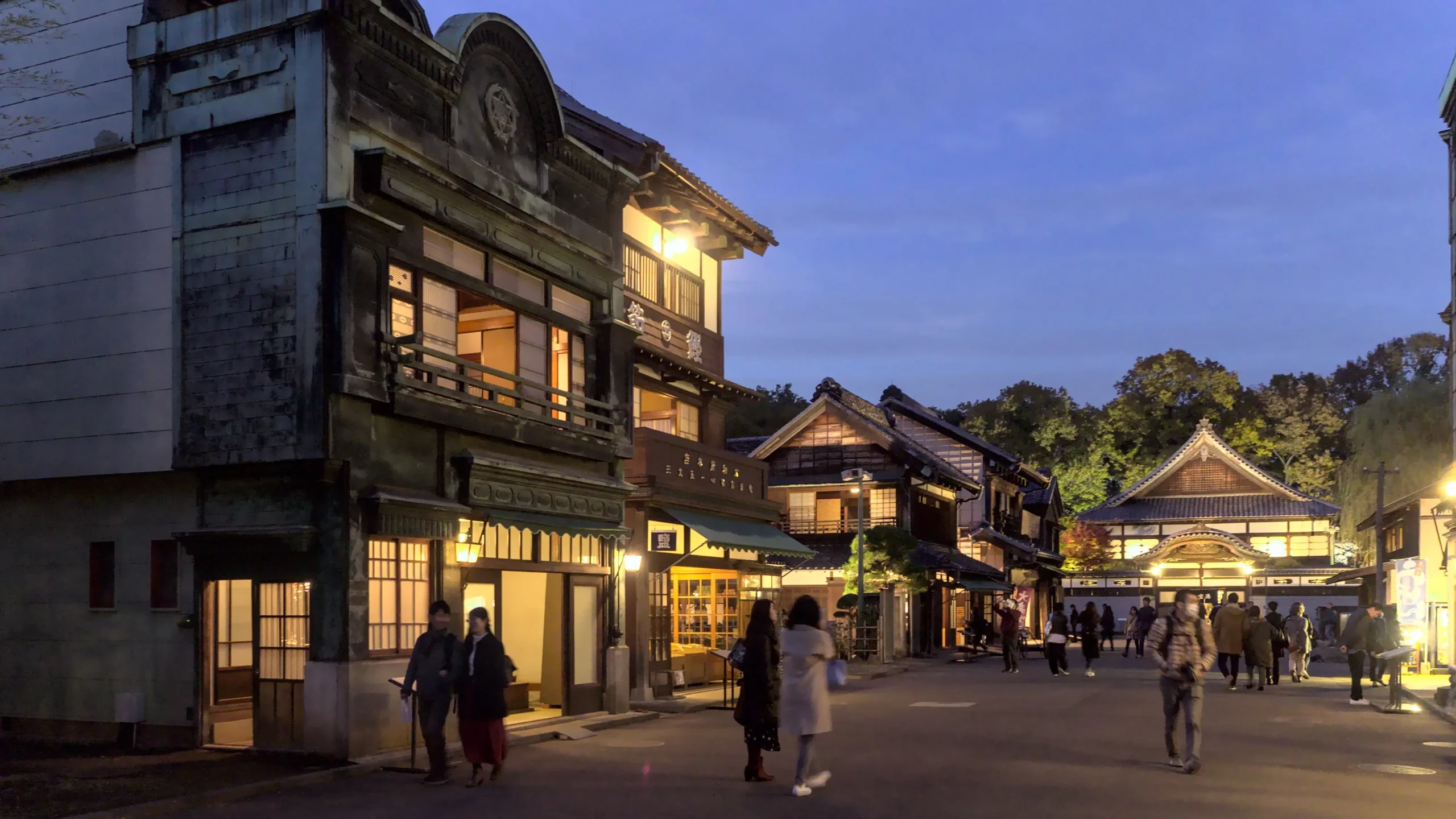
Tokyo, Japan’s vibrant capital, has a rich history dating back to its days as Edo. In 1603, it became the political center of Japan under Tokugawa Ieyasu’s shogunate. Despite many changes throughout history, old Tokyo has maintained its traditional charms.
Which traditional neighborhoods offer a good shopping experience?
In Suginami-ku, you’ll find charming neighborhoods like Koenji, Asagaya, and Ogikubo, each with its unique character. Koenji, in particular, is famous for its Junjo Shotengai, a vibrant shopping street with over 200 stores. This area blends nostalgia with youthful energy, offering a mix of traditional shops, eateries, discount stores, and venues for underground music. The low cost of living in Suginami has attracted students and artists, creating a unique cultural atmosphere.
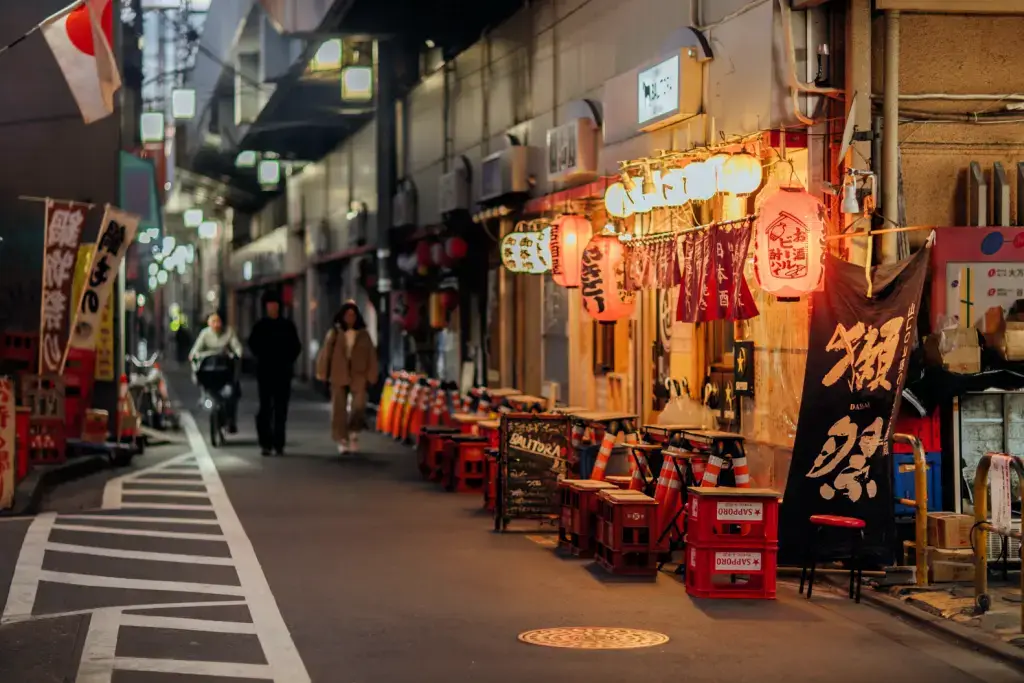
Suginami’s shopping areas and Denbouin Street in central Tokyo provide opportunities to experience a slice of old Japan while shopping for unique souvenirs. In Suginami, you can explore the numerous shotengai (shopping arcades) that have been around since the 1960s, offering everything from daily necessities to trendy boutiques. These areas provide great shopping opportunities and allow visitors to immerse themselves in the everyday life of Tokyo residents, away from the major tourist spots.
What are some high-end areas in Tokyo I can visit?
Azabu-Juban is a luxurious area in Tokyo where old and new Japan meet. Old shops are next to modern cafes and fancy restaurants, and the streets show different building styles. Every summer, a lively festival with food stalls and games gives visitors a taste of local culture. There’s also Akasaka, which has beautiful gardens and peaceful parks that offer quiet spots in the busy city. At night, the lit-up streets create a stunning view. The modern Akasaka Sacas complex shows off the area’s new architecture.
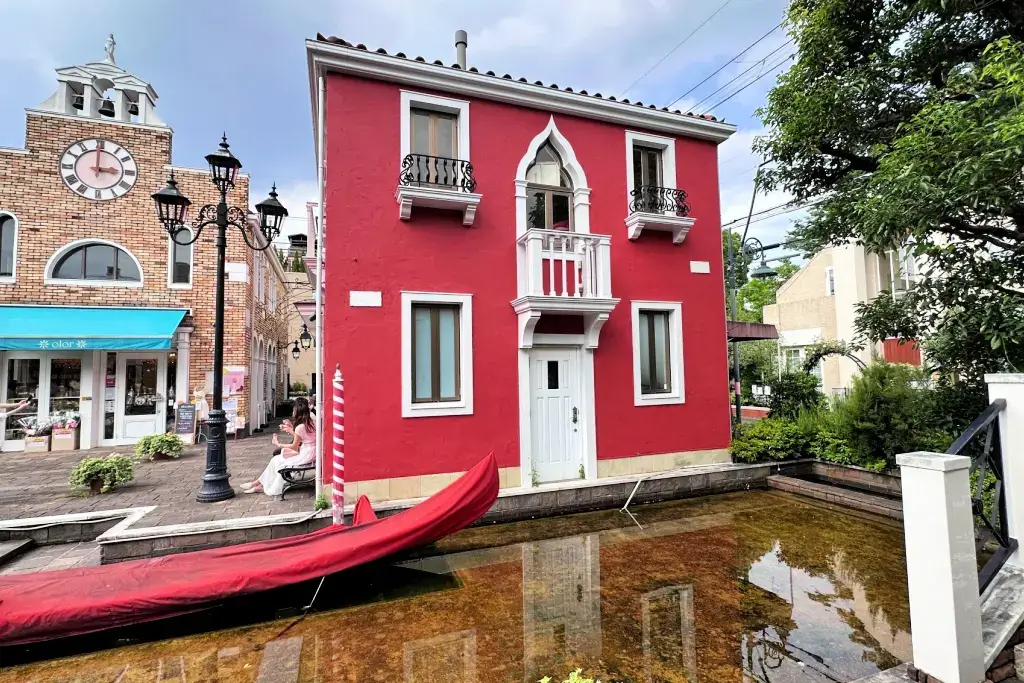
Hiroo has an international feel that makes it unique. You can find food and shops from many countries here. The busy Hiroo Shopping Street is great for finding unique souvenirs and foods worldwide. Overall, these neighborhoods are perfect for exploring. You can window shop, try new foods, and experience Tokyo’s diverse culture. While there are luxury options, many of the best experiences – like watching people, taking photos, and observing local life – come at no extra cost!
What are some other unknown areas in Tokyo that I should visit?
Fuchu City in western Tokyo is an often-overlooked gem. It’s home to Okunitama Shrine, one of Tokyo’s oldest Shinto shrines, with a history spanning over 1,900 years. The shrine’s Kurayami Festival in spring is a spectacular event with traditional music, dance, and a nighttime parade. Fuchu also boasts a horse racing track hosting significant events year-round. The Kyodo-no-Mori Park and Museum offers a glimpse into traditional Japanese architecture and gardens.
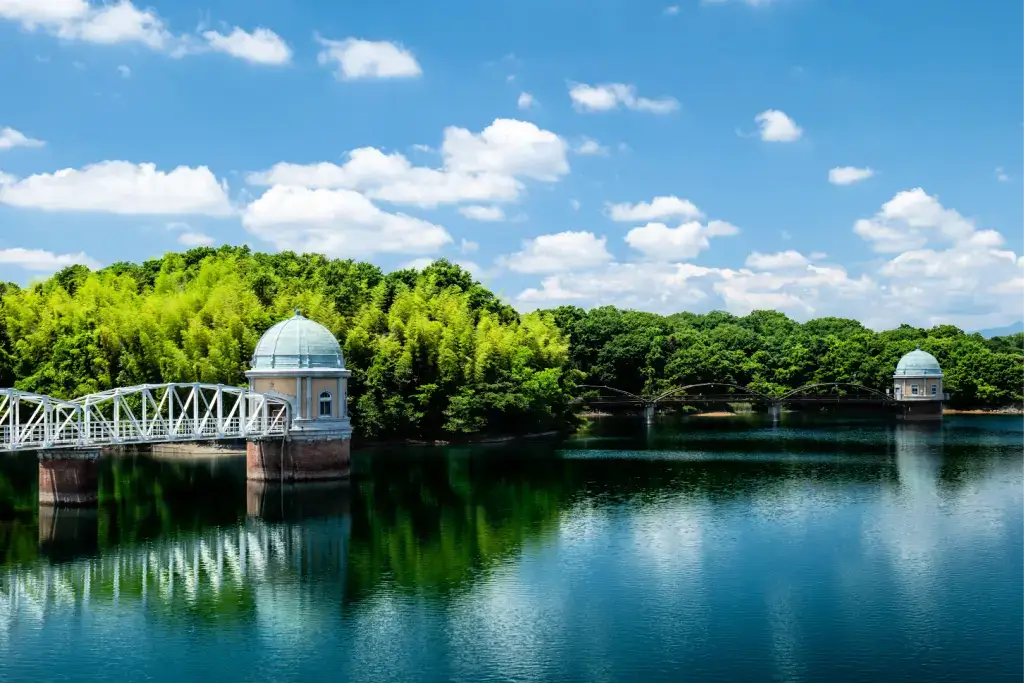
The Tama Region also contrasts sharply with central Tokyo’s urban landscape. It’s known for lush greenery, mountains, and rivers, appealing to nature lovers and outdoor enthusiasts. Mount Takao, a popular hiking spot, provides stunning views of Tokyo and Mount Fuji on clear days. The area also houses the Ghibli Museum in Mitaka, which is dedicated to Studio Ghibli’s works. The Hamura Waterway is an excellent cherry blossom viewing location in spring.
These two areas offer a different Tokyo experience because they blend nature, history, and local culture, which visitors often miss. Moreover, they’re ideal for those interested in ancient shrines, outdoor activities, or experiencing Tokyo’s more relaxed side. They’re worth exploring for a well-rounded Tokyo visit.
Are you looking for amazing snacks from old Tokyo? Check out Sakuraco! Sakuraco delivers traditional Japanese snacks, teas, and sweets from local Japanese makers directly to your door so you can enjoy the latest treats directly from Japan!
What are some traditional foods I can enjoy in the area?
Chanko nabe is a hearty hot pot dish linked to sumo wrestlers. This protein-rich stew combines meats, seafood, and vegetables in a flavorful broth. Initially created for sumo wrestlers’ diets, it’s a popular comfort food. Generally, specialty chanko nabe restaurants are widespread in Ryogoku, Tokyo’s sumo district.
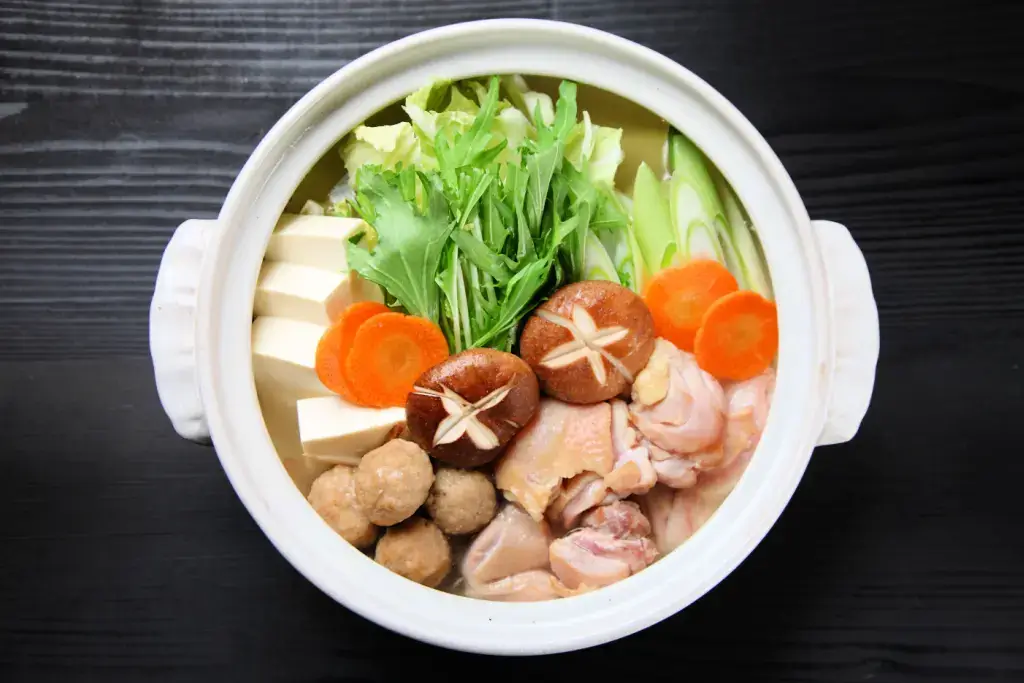
Then there’s monjayaki, a savory pancake-like dish, is a Tokyo specialty famous in Tsukishima. It’s similar to okonomiyaki but with a more liquid batter. Cooked on a tabletop grill, the batter is mixed with seafood, meat, and vegetables. It’s spread thin and grilled until crispy outside and soft inside. This interactive dining experience lets you cook and eat right from the grill.
Edomae-sushi, or Edo-style sushi, originated in 19th-century Tokyo (then called Edo). It uses fish from Tokyo Bay and focuses on simplicity and natural flavors. Generally, the fish is often marinated or lightly cooked to enhance taste and texture. While great sushi is available throughout Tokyo, traditional edomae-sushi restaurants offer a taste of the city’s culinary history.
Why should I check out the traditional side of Tokyo?
All in all, exploring Tokyo’s traditional sides offers a unique and enriching experience that complements the city’s modern attractions. These areas also provide a window into Japan’s rich cultural heritage and historical significance. Also, by visiting places like Denbouin Street in Asakusa or the charming neighborhoods of Suginami-ku, you’ll undoubtedly gain a deeper appreciation for Tokyo’s complex identity. Which traditional aspects of Tokyo do you like the most? Let us know in the comments below?

Discover authentic flavors with Sakuraco
Get Sakuraco 

Discover authentic flavors with Sakuraco
Get Sakuraco 
Related Articles
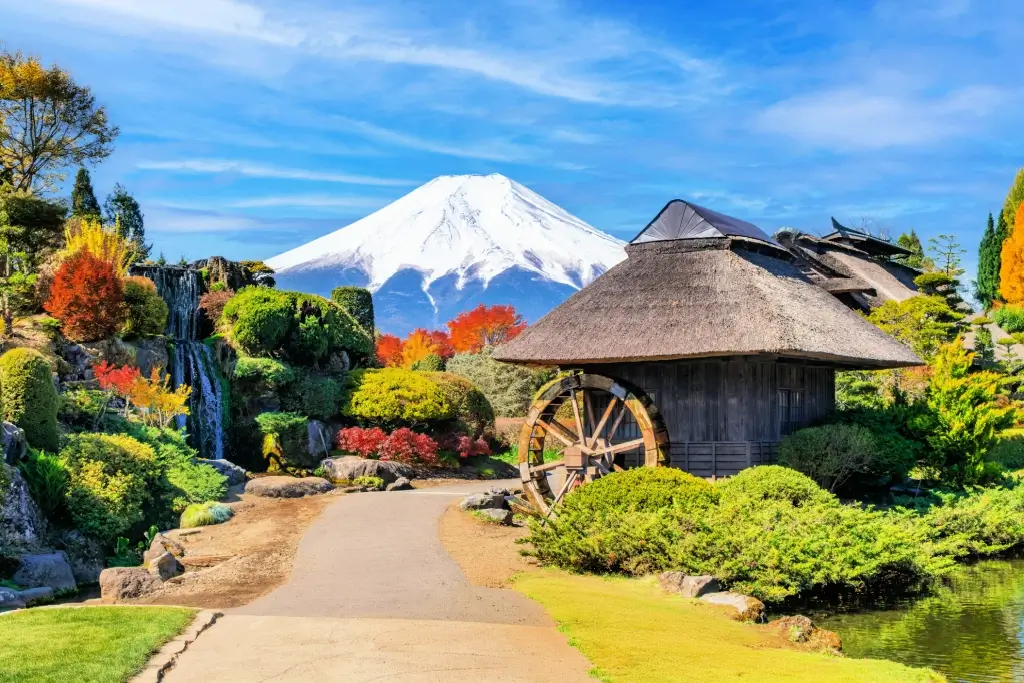
Best Time to Visit Japan: Nine Great Regions!
Japan is famous for its numerous beautiful natural landscapes and its ancient cultural traditions, which are still preserved today. Is now the best time to visit Japan? Let’s explore the nine regions of this nation and what makes each unique.

Kyushu Region: The Subtropical Island of Japan!
The Kyushu region in southern Japan offers natural beauty, rich history, and culinary delights. Comprising seven prefectures, Kyushu is full of attractions, from cities and volcanoes to hot springs and local food.

Kumamoto Food: Five Great Dishes to Try!
Whether exploring Kumamoto Castle or soaking in hot springs, sampling this prefecture’s signature dishes is essential to the experience!

Fukuoka Travel: Enjoy Shopping and Sightseeing!
As one of Japan’s oldest and most culturally significant cities, Fukuoka must be on your following Japanese itinerary!



